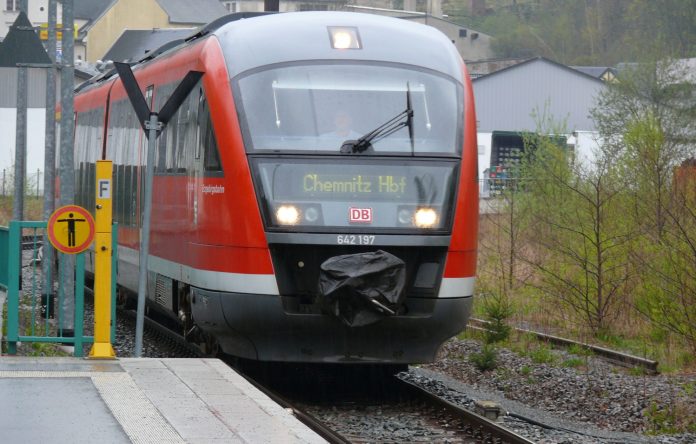Europe's first digital interlocking opens in Annaberg-Buchholz
Latest generation of interlocking systems in operation after test phase at Erzgebirgsbahn • Innovative technology ensures greater efficiency in rail operations
From now on trains will be digitally controlled at the railway – in Annaberg-Buchholz, on the Erzgebirgsbahn in southeastern Germany. This is where Europe’s first digital interlocking (DSTW) has come into operation, ushering in a revolution in the control and safety technology of the Deutsche Bahn.
“Annaberg-Buchholz symbolically represents one of the largest technology projects in the history of Deutsche Bahn,” emphasizes Klaus Müller, CTO
of DB Netz AG. “Intelligent communication networks and the associated standardization and modularization of technology are trend-setting for the coming years. They allow us to make rail transport more economical, resource-saving and more efficient for our customers. The new interlocking technology is therefore a milestone in the digitization of the infrastructure and the basis for more capacity and punctuality in rail transport. ”
“The solution used in Annaberg-Buchholz is an important step towards the signal box in the cloud,” emphasizes Michael Peter, CEO of the Siemens Mobility Division. “For the first time, the interlocking system issues its control commands IP-based to the connected field elements such as points and signals. This leads to a completely new flexibility of planning, enables intelligent field elements and will generate positive cost effects in the longer term. All this, of course, while meeting the highest safety requirements in operation. ”
The DSTW in Annaberg-Buchholz marks the starting point for the nationwide implementation of a new innovative interlocking generation. The technology can be used both for the operation of main lines with dense operating program and large node stations as well as for simpler applications in the rural area.
A characteristic feature of the new interlocking architecture is that the operator’s control commands are transmitted digitally to switches, signals or track contacts via network technology. The previously required individual connections to individual control elements over partly kilometer-long cable bundles omitted. The DSTW network connection via data line also allows signals and switches to be controlled at significantly greater distances.














